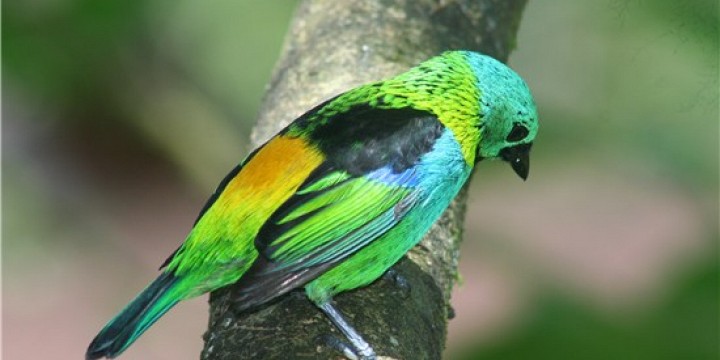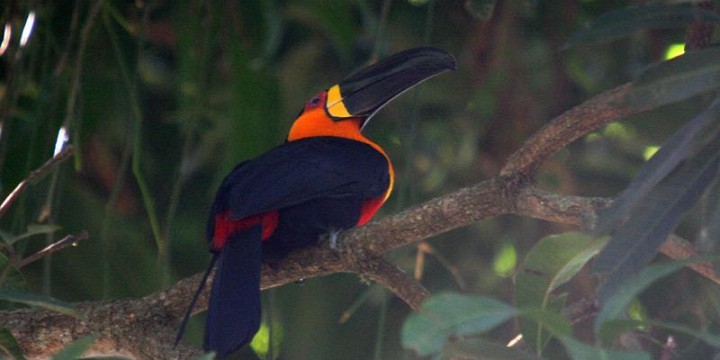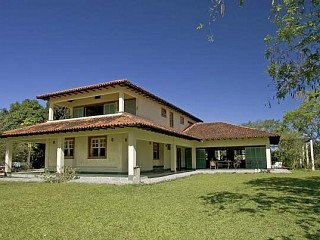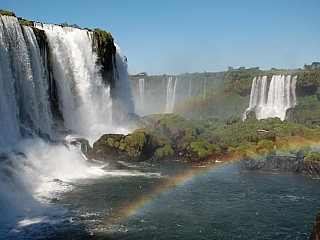The Atlantic Forest or Mata Atlântica stretches along Brazil's Atlantic coast, from the northern state of Rio Grande do Norte south to Rio Grande do Sul. It extends inland to eastern Paraguay and the province of Misiones in northeastern Argentina, and narrowly along the coast into Uruguay. Also included in this hotspot is the offshore archipelago of Fernando de Noronha and several other islands off the Brazilian coast.
Long isolated from other major rainforest blocks in South America, the Atlantic Forest has an extremely diverse and unique mix of vegetation and forest types. The two main ecoregions in the hotspot are the coastal Atlantic forest, the narrow strip of about 50-100 kilometers along the coast which covers about 20 percent of the region. The second main ecoregion, the interior Atlantic Forest, stretches across the foothills of the Serra do Mar into southern Brazil, Paraguay and Argentina. These forests extend as far as 500-600 kilometers inland and range as high as 2,000 meters above sea level. Altitude determines at least three vegetation types in the Atlantic Forest: the lowland forest of the coastal plain, montane forests, and the high-altitude grassland or campo rupestre.
The Atlantic Forest of tropical South America boasts 20,000 plant species, 40 percent of which are endemic. Yet, less than 10 percent of the forest remains.
More than two dozen Critically Endangered vertebrate species are clinging to survival in the region, including three species of lion tamarins and six bird species that are restricted to the small patch of forest near the Murici Ecological Station in northeastern Brazil.
With almost 950 kinds of birds occurring in this hotspot, there are many unique species including the red-billed curassow, the Brazilian merganser, and numerous threatened parrot species. Beginning with sugarcane plantations and later, coffee plantations, this region has been losing habitat for hundreds of years. Now, with the increased expansion of Rio de Janeiro and Sao Paulo, the Atlantic Forest is facing severe pressure from the issues tied to urbanization.




















